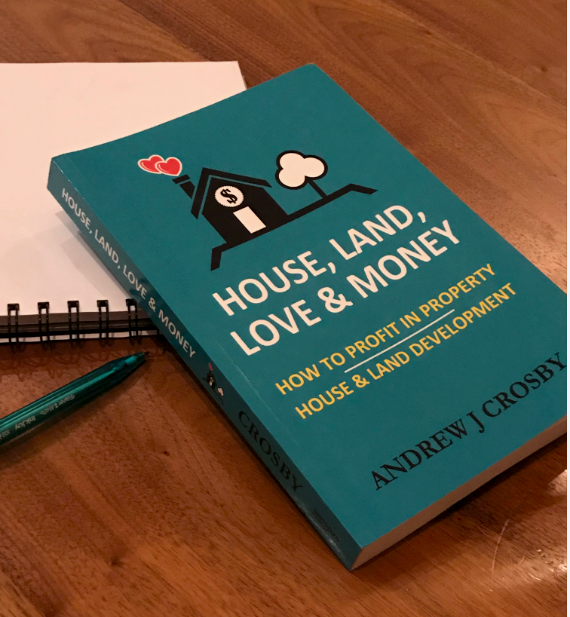You know what you are selling and when you have to sell, now it’s the mechanics of how you are going to market and sell. The steps range from establishing your marketing strategy through to practical sales delivery, and includes:
- Competitive positioning
- Method of sale
- Set pricing
- Create marketing collateral
- Sale and purchase agreement
- Advertising
- Launch
- Sales management
Competitive Positioning
The objective is to maximise your developments appeal to the buyer profile representing your target market. You want to optimise your marketability in light of your competitive position. This will inform your marketing materials, advertising and sales approach moving forward.
To define your competitive position, compare your project to your competition. You should already know everything about your competitors based on your analysis when you got to know your market (previous chapter — read it again!). If your project is underway and it has been a while since you looked at what your competition is doing, now would be a good time for a market refresher. Ordinarily though, once you have purchased your site, your radar will be firmly fixed on what the competition is doing in your effective real estate neighbourhood. It is important to regularly mine your competitors’ information so you know how to best position your project while you are selling.[1] Keep a record of all the what, when and how competitors are doing on their developments and identify the key metrics for your target market. Compare your project against your competition on these key metrics:
- Floor area and section land area
- Price per square metre of floor area ($/m2)
- Price per bedroom
- Price per square metre of land value ($/m2)
- Number of homes for sale
- Mix of homes for sale
- Rental rates and investment returns
- Absolute price point range
- Average price point
- Design quality
- Design standout features
- Quality of construction materials
- Quality of finishes specification
- Location (schooling, parks, shopping, water, desirability)
- Aspect, outlook and views
- Timing until they are delivered, their current stage of construction
- Targeting investors versus owner operators
- Target buyer profile characteristics
- Cookie cutter vs bespoke vs boutique.
Rank and score how your project compares in relation to competitor projects. Essentially you are creating a SWOT analysis of your project (Strengths, Weaknesses, Opportunities and Threats). Don’t fall into the trap of an overly academic approach. There will be a mix of objective financial data and subjective assessment so you will likely need to take a few liberties and generalisations with your comparison. That is ok as this analysis is just to inform your marketing pitch and make you and your sales team self-aware of your project’s relative positioning. Tabulate and organise the results to make for easy comparison, for example:
| Metric | You | Comp 1 | Comp 2 | Your Rank |
| Price $/m2 | 5500 | 6000 | 5700 | Cheaper |
| Price average $ | 500k | 400k | 520k | Higher end |
| Views | None | Good | None | Average |
| Quality | High | Low | Average | Higher |
| 2 Living | Yes | No | No | Better |
| Style | Boutique | Cookie | Cookie | Exclusive |
| Target profile | Family | Family | Family | Same |
Knowing your competitive position is important so you can espouse positives and have answers to deal with any negatives. Positives — your competitive advantage — should be embraced in the marketing for your project. Whether it’s a script for the sales person or appears bright and bold on advertising, make sure your potential buyers know why you are a better choice than your competition. Where your project performs worse than your competitors then you can tailor your marketing to address, reframe or deflect potential buyer concerns. In the above example your competitive positioning could be summarised in a key marketing message:
“With more value per square metre this boutique enclave of high quality
homes also provides two living areas — a must for today’s modern family.”
We have embraced the positives (lower price per m2 and quality), enhanced our positioning where we are exactly the same (creating the image that two living areas is a must for our target profile of families) and quietly reframed a potential negative lack of views into a ‘boutique enclave’.
Identifying your competitive position and
setting your key marketing messages will influence how you approach and what
you produce for the remaining steps.
[1] At all stages of selling, not just when you commence. For example, you might need to change your positioning part way into your sales programme, in light of new competition.
Andrew Crosby
+64 21 982 444
andrew@xpectproperty.com

